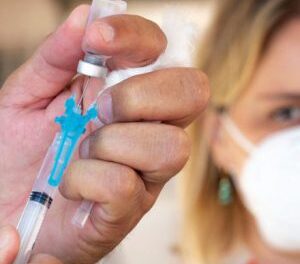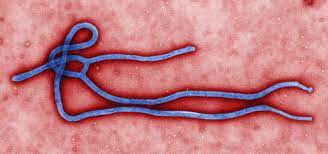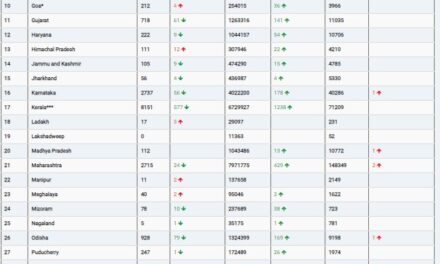
The healthcare system of the country involves a three-tier system with Sub Health Centres (Urban and Rural), Primary Health Centre (Urban and Rural) and Community Health Centres (Urban and Rural) as the three pillars of the Primary Health Care System in India. As per established norms, a PHC in rural areas is to be established for a population of 30,000 (in plains) and 20,000 (in hilly and tribal areas) and Sub Centre for a population of 5,000 (in plain) and 3000 (in the hilly and tribal area), Community Health Centre for a population of 1,20,000 (in plain) and 80,000 (in the hilly and tribal area). Similarly, District Hospitals (DH), Sub-District Hospital (SDH) and First Referral Unit-community Health Centres provide secondary care services.
Rural Health Statistics (RHS) is an annual publication, based on Health care administrative data reported by States/UTs. Details of State/UT-wise number of Sub-Centres, PHCs, CHCs, Sub-Divisional Hospital, District Hospital & Medical Colleges functioning in rural & tribal areas as well as the number of villages covered under this scheme may be seen at the following link of RHS 2021-22: https://main.mohfw.gov.in/sites/default/files/RHS%202021%2022.pdf
Under NHM, the Ministry of Health and Family Welfare provides technical and financial support to the States/UTs to strengthen the public healthcare system including support for human resources, based on the proposals received in the form of Programme Implementation Plans (PIPs) under the National Health Mission. The government of India provides approval for the proposals in the form of Record of Proceedings (RoPs) as per norms & available resources.
Major initiatives of NHM include Janani Shishu Suraksha Karyakram (JSSK), Rashtriya Bal Swasthya Karyakram (RBSK), implementation of Free Drugs and Free Diagnostics Service Initiatives, PM National Dialysis Programme and implementation of National Quality Assurance Framework. Support under NHM includes the provision of a host of free services related to maternal health, child health, adolescent health, family planning, universal immunisation programme, and for major diseases such as Tuberculosis, HIV/ AIDS, vector-borne diseases like Malaria, Dengue and Kala Azar, Leprosy etc.
Mobile Medical Units (MMUs) & Telemedicine are also implemented with NHM support to improve healthcare access, particularly in rural areas.
XV-Finance Commission has recommended grants aggregating to Rs. 70,051 Crores over the period of five years (2021-2026) through local government to strengthen the healthcare system in states. Pradhan Mantri Ayushman Bharat Health Infrastructure Mission (PM-ABHIM) with an outlay of Rs. 64,180 Crores aims to support for infrastructure development for Sub-Health Centres, Urban Health and Wellness Centres, Support for Block Public Health Units, Integrated District Public Health Laboratories and Critical Care Hospital Blocks.
As part of Ayushman Bharat, the Government is supporting the States in the transformation of Sub Health Centres and Primary Health Centres into Health and Wellness Centres across the country for the provision of Comprehensive Primary Health Care (CPHC). As on 31.01.2023 a total of 1,56,412 HWCs have been operationalized all over the country.
Ayushman Bharat, Pradhan Mantri Jan Arogya Yojana (AB-PMJAY) provides health coverage up to Rs. 5.00 lakh per family per year to around 10.74 crore poor and vulnerable families as per Socio-Economic Caste Census (SECC).
The Union Minister of State for Health and Family Welfare, Dr. Bharati Pravin Pawar stated this in a written reply in the Rajya Sabha yesterday.











